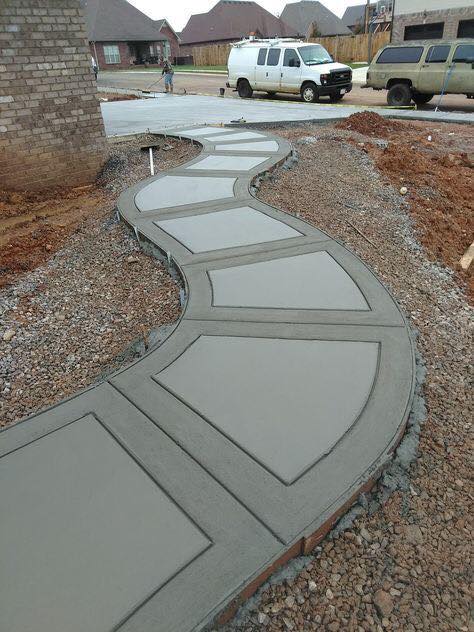

Plasterĭepending on what kind of plaster you have, you will have one of two different binders, lime or gypsum. My purpose is to help homeowners get their feet wet on the topic. Plaster, stucco, render, etc have been around for millennia with so many variables and formulas that a 1000 page book couldn’t cover everything. I’m going to preface this post for all you plasterers out there by saying that this is a purposely oversimplified explanation of the topic. The binder is what holds everything together and cures into the rock hard consistency that we all know and love/hate. Both need water in order to mix everything together and activate the curing process. Both are made with an aggregate of some kind, usually sand of various sizes and textures. Like I just mentioned, the ingredients are what make the difference in these two similar building materials. Today’s post might be a little more “building geek” than “hands on preservation”, but I think that understanding how and why your old house is the way it is makes you not only a wiser human, but a better homeowner. Plaster and stucco can both be applied much the same way, with the same textures and thicknesses, but the main ingredients in each are what make them different animals.


Their differences are not readily apparent to the naked eye. While they are similar in a lot of ways, they are different enough that understanding when and where to use them, especially in renovations, is imperative. A lot of folks confuse plaster and stucco in old houses.


 0 kommentar(er)
0 kommentar(er)
